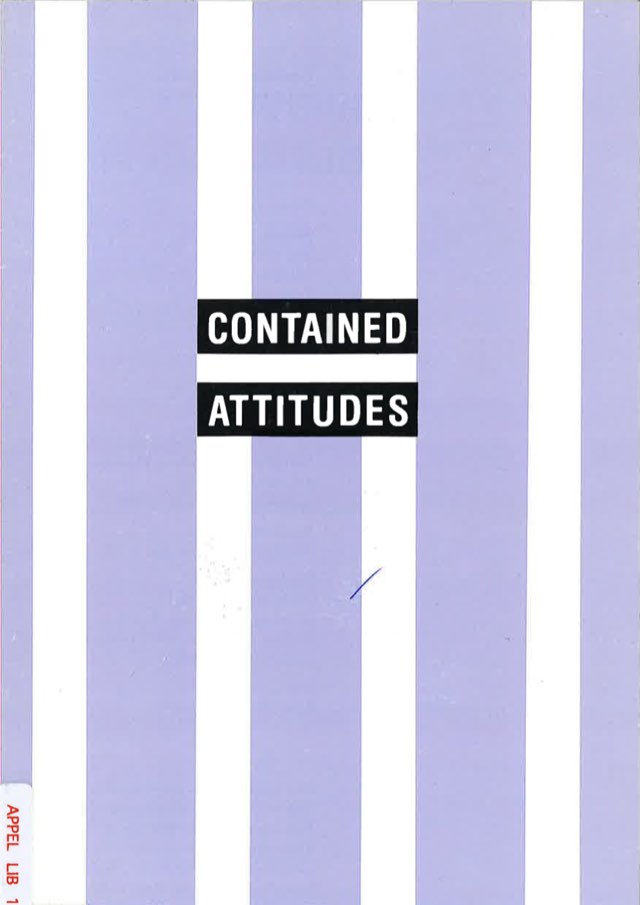Contained Attitudes
de Appel, Prinseneiland 7, Amsterdam
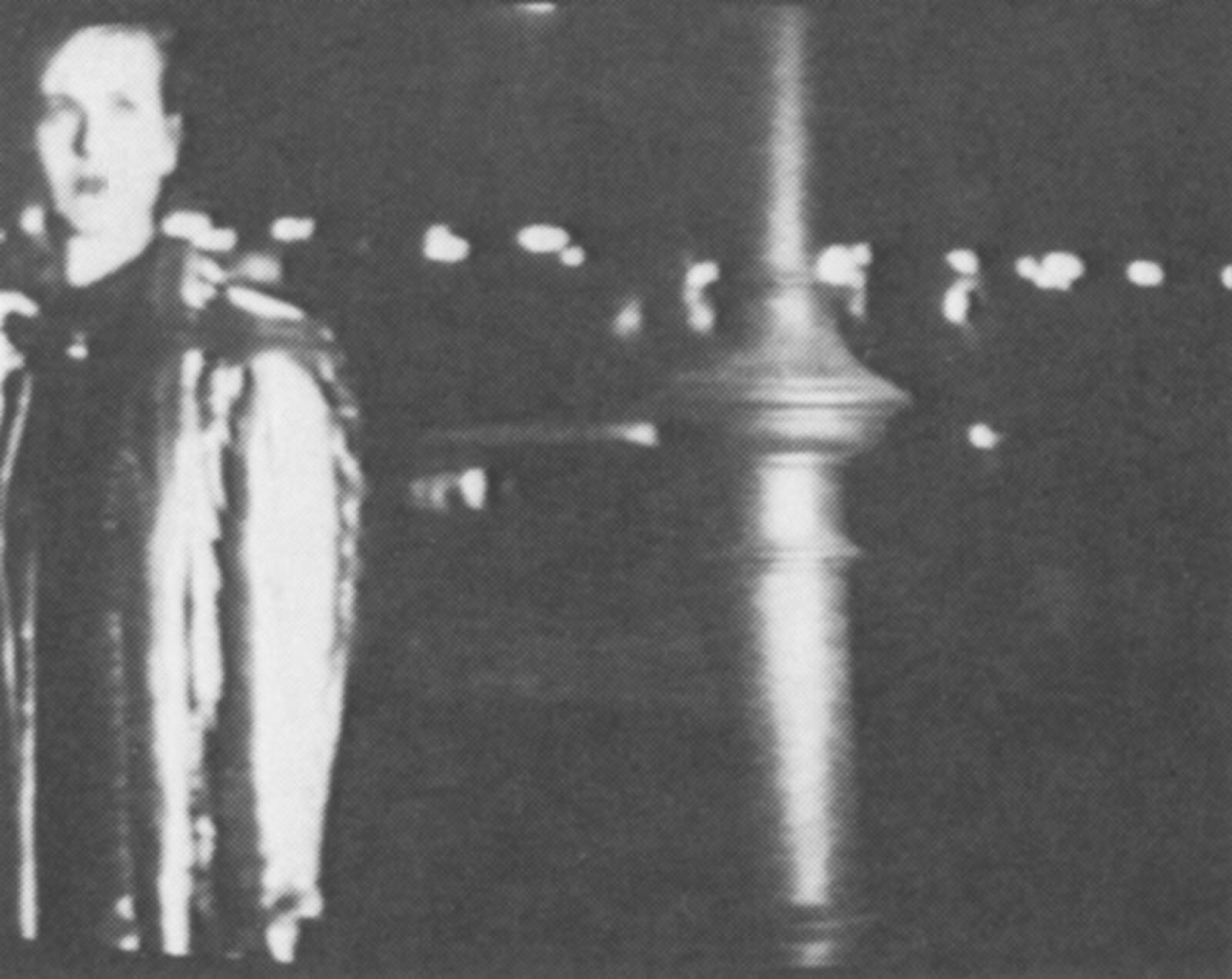
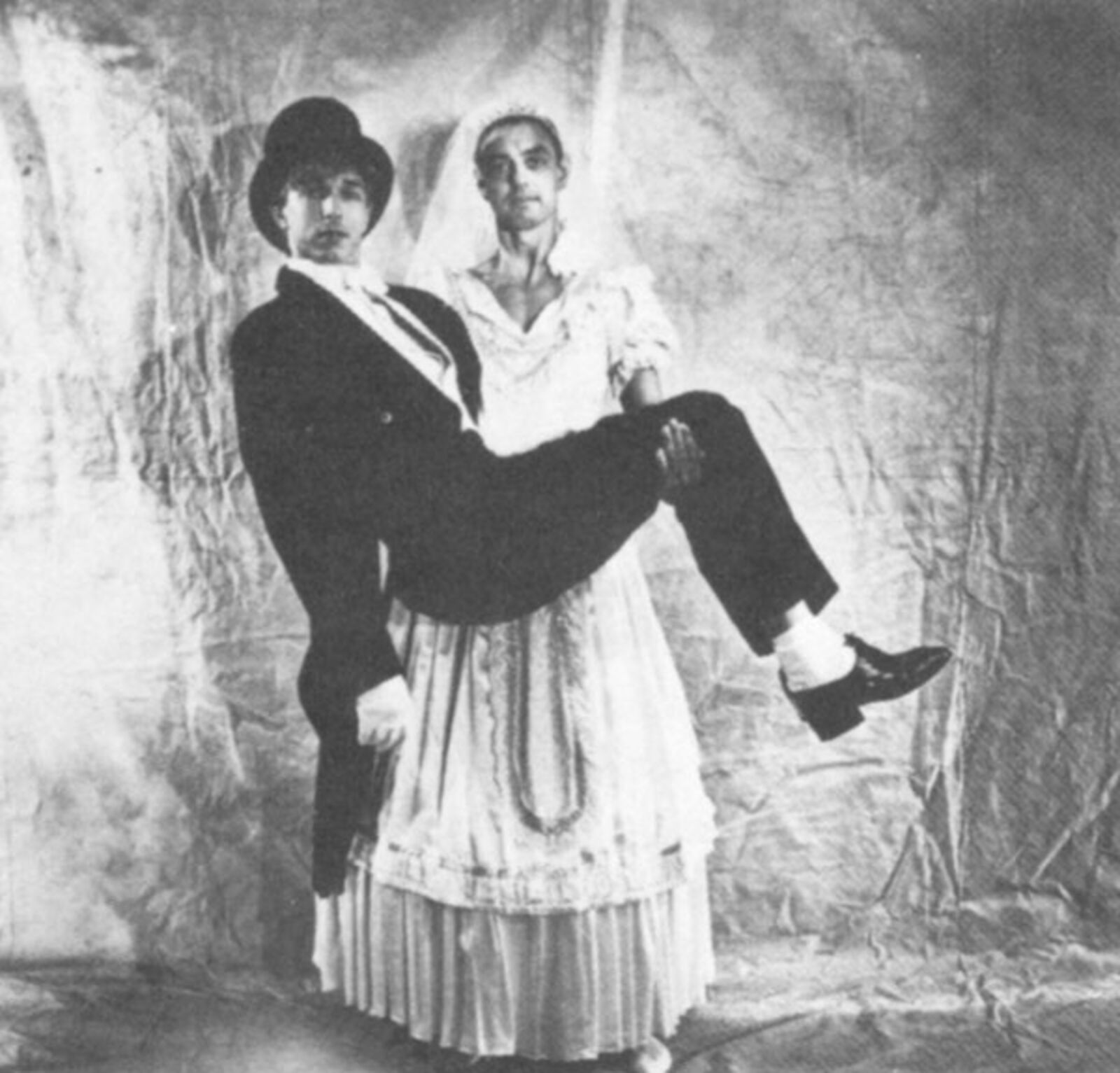
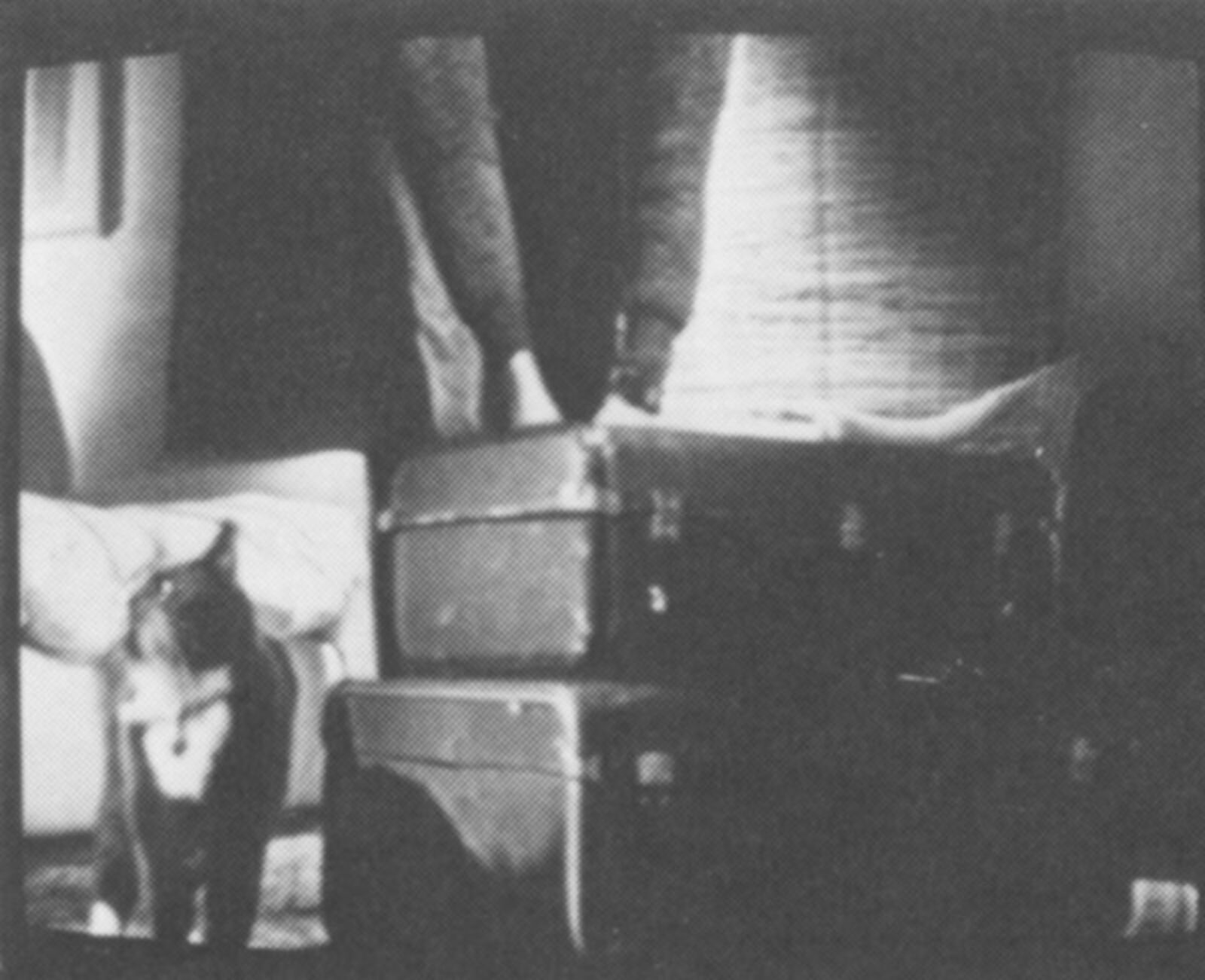
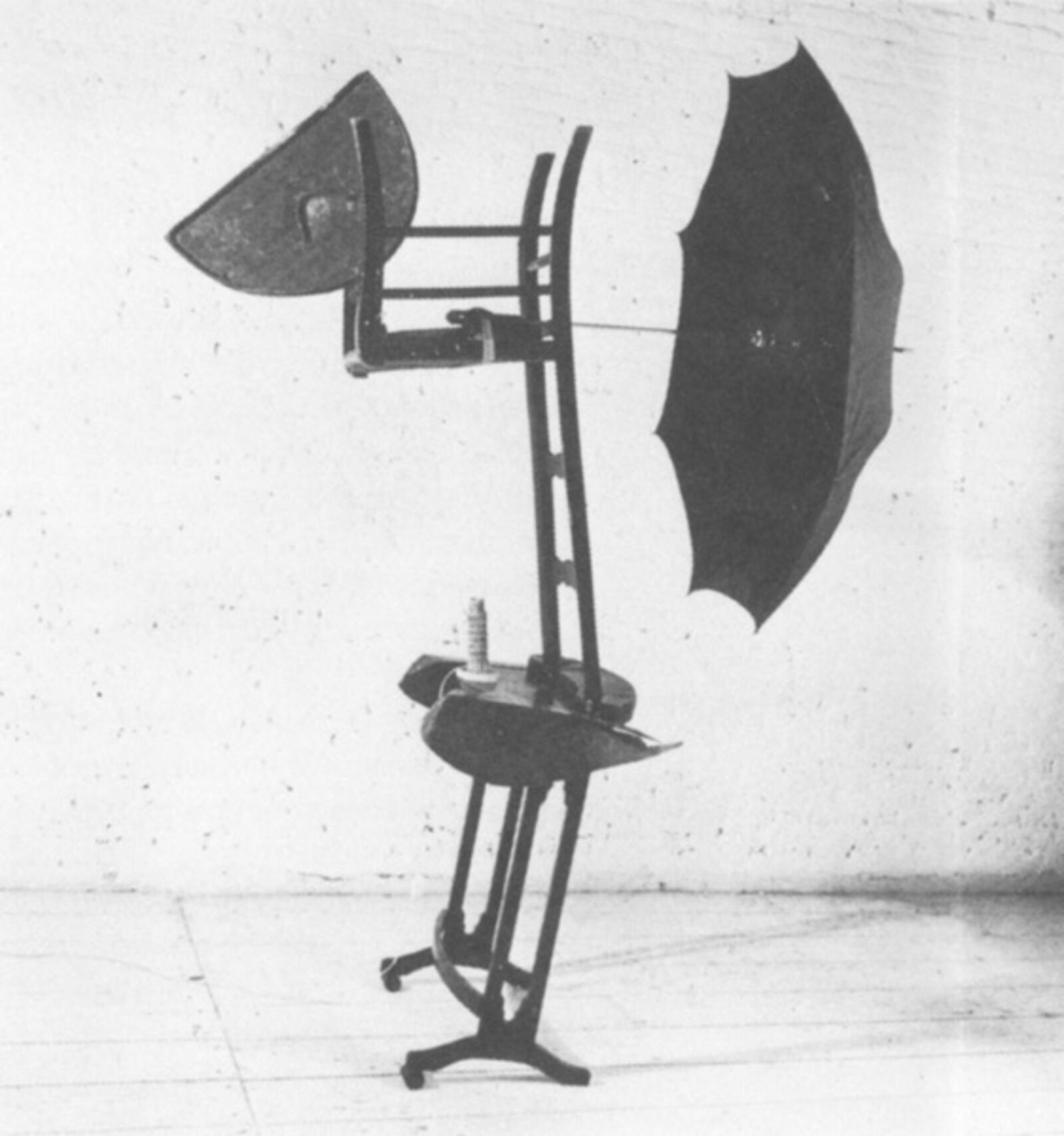
‘On the request of Artists Space, De Appel presents a selection of young contemporary art from Europe in New York from December 11 till January 24. The request was for two- and three-dimensional work as well as for video. Saskia Bos has selected four artists: Jan van Oost (B), Meuser (G), Alain Sechas (F) en Ton Zwerver (NL) and has asked Chris Dercon, free-lance exhibition organisor in Brussels and since recently a member of the program-committee of De Appel, to make a selection of tapes. A reason for choosing mostly three-dimensional work was to offer a counterweight to the image that has grown in the United States in the last few years that in Europe 'they mainly paint in a wild and neo-expressionist manner'. Contained attitudes became the title of a small exhibition which shows restrained and sober, sometimes architecturally oriented work. There is a small survey of Ton Zwerver's photographed living room sculptures, and he will also make a new sculpture in New York. Meuser will visit the scrap yards of Manhattan and by welding and painting his built sculptures will arise on the spot. Jan van Oost will make a 'coffin' of mirror-glass in which two hyaphones are incorporated (...) and he will show two abstract, black and white perspex 'paintings' which also point to expressions of mourning. Alain Sechas is preparing an installation on the spot as context and space for his 2.5 meter high polystyrene figure. This introspective sculpture, with a Buddha-like head as large as its body, levitates and floats in a round transparent perspex box, as if it is caught in its own pedestal.’ (‘Contained Attitudes. De Appel in New York’, Newsletter De Appel, 1 (1986) 5.) ‘For the exhibition of De Appel in Artists Space Chris Dercon selected video works of Alain Bourges (F): Lumière et Circonstances ( 1986); Koen & Frank Theys (B): Song of My Country, part I, Rhinegold (1986); Gerrit Timmers with Studio’s Independent Theatre (NL): Souvenirs of the Heart (1986) and Absolute Art (1986); and Graham Young (GB): Accidents in the Home (1983-1986) and Nil by Mouth (1983). (...) The video program can (...) be considered a complement to the works in the exhibition. (...) The fictions in the objects of Alain Sechas and in the 'TV series' by Alain Bourges stem principally from the working process itself: to 'make' an object, to 'make' a film. Jan van Oost's installations and the megalomanical enterprise of Koen Theys, which adapts Wagner's Ring for the TV screen, invest in the exhibition of the work of art, which finally is only an ongoing process of fictionalization. Most of these video tapes question the idea of ‘the death of the author’. In the work of Koen Theys, the original text is Wagner's, whereas in Alain Bourges' work, for instance, the texts of James Joyce and Arnold Döblin as well as film texts by Jean Luc Godard and Raoul Ruiz are continually cited. ‘If, as Marcel Broodthaers states (responding to Joseph Kosuth's Art as Idea as Idea) there remains only 'art as production as production', it remains also only to produce it in the legal form which structures the aesthetic discourse on 'the death of the author’.’ On the other hand, the video works of Graham Young and Studio’s Independent Theatre locate anonymity in the foreground: in the place where one might look for the author. This anonymity also casts its shadow Over the slow, mundane, even trivial activities preferred by Graham Young and Gerrit Timmers. Absolute Art, a tape about the life of an unknown Dutch abstract painter in the early 1900's, makes the point very clear. Speaking about his tape, Gerrit Timmers states: ‘Most of the painters we know are not famous and they will never be. Yet all of them, the more promising as well as the mediocre ones, believe in their production...’. The work of Alain Bourges, Studio’s Independent Theatre, Koen Theys and Graham Young are hardly known in the world of ‘high video art’. Yet they represent a rare coherence and intelligence, which does not have to do with traditional notions of video. Therefore, this video exhibition should not be seen as a survey of young European video artists, but as a collection of individual works by artists who happen to also make video. Maybe they will change their minds about video, but what matters is that all these artists reflect a ‘contained attitude’ toward the medium of video itself.’ (‘Contained Attitudes. Video’, Newsletter De Appel, 1 (1986) 5.)
